The Standing Member of the Economic Committee pointed out the special and specific points in the Resolution on investment policy for the Lao Cai - Hanoi - Hai Phong railway construction investment project.
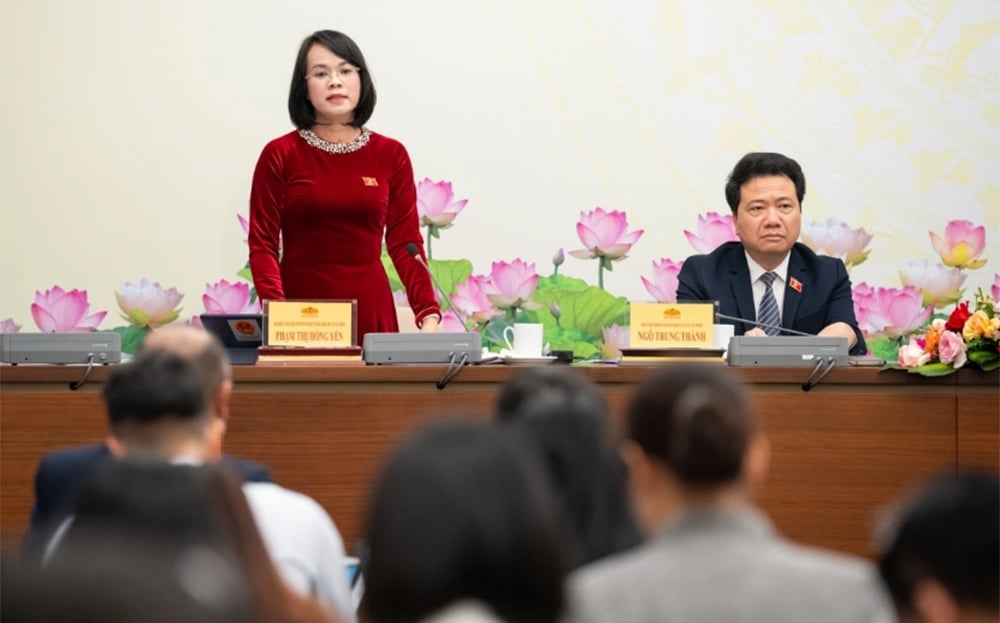 |
Standing Member of the Economic and Financial Committee Pham Thi Hong Yen. |
On the morning of February 19, at the press conference after the closing session of the 9th Extraordinary Session of the 15th National Assembly, Standing Member of the Economic and Financial Committee Pham Thi Hong Yen said that the policies set forth in the Resolution on investment policy for the Lao Cai - Hanoi - Hai Phong railway construction investment project are all based on specific mechanisms and policies that have been applied to allow the construction of a high-speed railway on the North - South axis.
According to Ms. Yen, at the 8th Session, the National Assembly passed Resolution No. 172 approving the investment policy for the North-South high-speed railway project, including 19 specific policies and mechanisms to implement the project. At this session, the National Assembly passed a Resolution on the investment policy for the Lao Cai - Hanoi - Hai Phong railway construction investment project, including 18 specific mechanisms.
"There are a number of policies that have been carefully discussed by National Assembly deputies, review agencies, and drafting committees and included in the Resolution to ensure quick and smooth implementation, shortening the process," said Ms. Yen.
The Standing Member of the Economic and Financial Committee pointed out the special and specific points in the Resolution on the investment policy of the Lao Cai - Hanoi - Hai Phong railway construction investment project. Specifically, the new policy compared to Resolution 172 is the regulation that in case the project preparation, appraisal and approval have contents different from the relevant planning, the project will be approved without having to carry out planning adjustment procedures.
In addition, the Resolution allows the application of the form of designated bidding for bidding packages of the project. According to Ms. Yen, the Law on Bidding has provisions allowing some cases to implement the form of designated bidding. With this project, the National Assembly agrees to ensure the project's progress. The implementing agency is allowed to use designated bidding if necessary.
"After the project is approved, relevant plans must be promptly reviewed, adjusted, updated and announced. This helps the project implementation process to be quick. This is a superior policy for the Lao Cai - Hanoi - Hai Phong railway construction project," said Ms. Yen.
Previously, the National Assembly passed a Resolution of the National Assembly on the investment policy for the Lao Cai - Hanoi - Hai Phong railway construction project, worth VND203,231 billion (nearly USD8.4 billion), connecting China with the northern provinces of Vietnam.
According to the Resolution, the National Assembly decided on the investment policy of the Lao Cai - Hanoi - Hai Phong Railway Construction Investment Project with the goal of building a new, modern and synchronous railway line to meet the domestic and international transportation needs between Vietnam and China, creating an important driving force for rapid and sustainable socio-economic development, promoting advantages on the Lao Cai - Hanoi - Hai Phong economic corridor.
After the National Assembly approves the investment policy in February 2025, the project will be approved by competent authorities. In the third quarter of 2025, site clearance, design, contractor selection, and construction will be carried out. The project will start at the end of 2025 and will be basically completed by 2030.
Scope of the Project: starting point at the cross-border rail connection point (Lao Cai province), ending point at Lach Huyen station (Hai Phong city); main line length is about 390.9 km; branch lines length is about 27.9 km; passing through 9 provinces and centrally-run cities including: Lao Cai, Yen Bai, Phu Tho, Vinh Phuc, Hanoi Capital, Bac Ninh, Hung Yen, Hai Duong and Hai Phong.
During the implementation of the Project, the Prime Minister is authorized to decide: Issue Government bonds for the Project to supplement the shortfall compared to the annual public investment plan and estimate approved by the National Assembly without increasing the state budget deficit.
Mobilizing official development assistance (ODA) capital and foreign concessional loans to implement the Project without having to prepare a Project Proposal using ODA capital and foreign concessional loans; applying the regulations of the foreign sponsor in cases where Vietnamese law does not have regulations or has regulations but they are different from the regulations of the foreign sponsor.
Use the annual central budget revenue and expenditure savings (if any) and other legal capital sources for the Project in case the annual state budget estimate does not meet the progress. The use of the annual revenue and expenditure savings does not have to be implemented in the order of priority as prescribed by the law on the state budget.
The project does not have to conduct an appraisal of capital balance capacity according to the provisions of the Law on Public Investment.
(According to VOV)
Source: http://baoyenbai.com.vn/12/346239/Chinh-sach-dac-thu-moi-cho-du-an-duong-sat-Lao-Cai---Ha-Noi---Hai-Phong.aspx








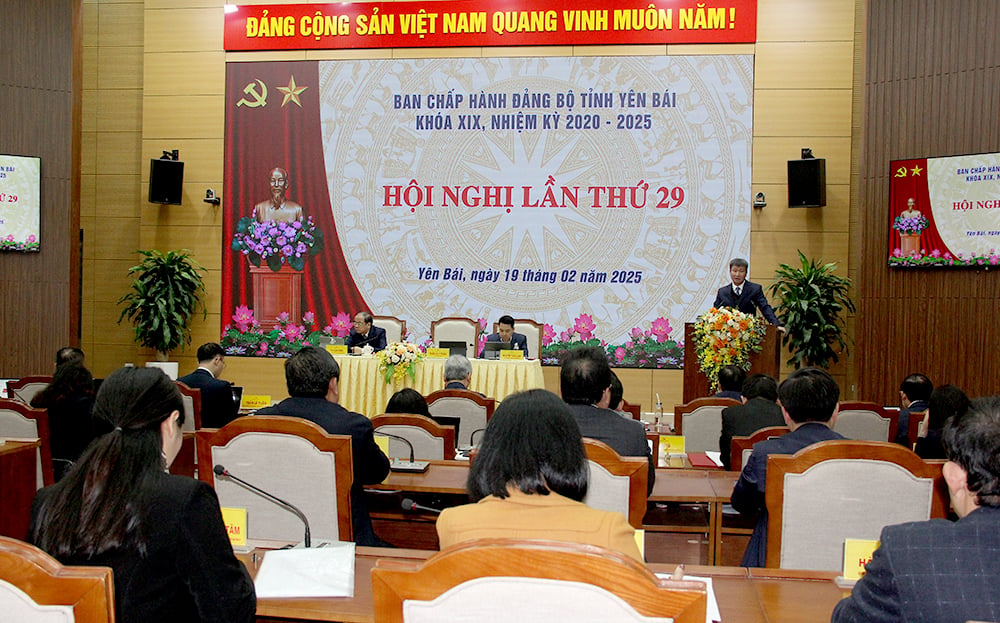
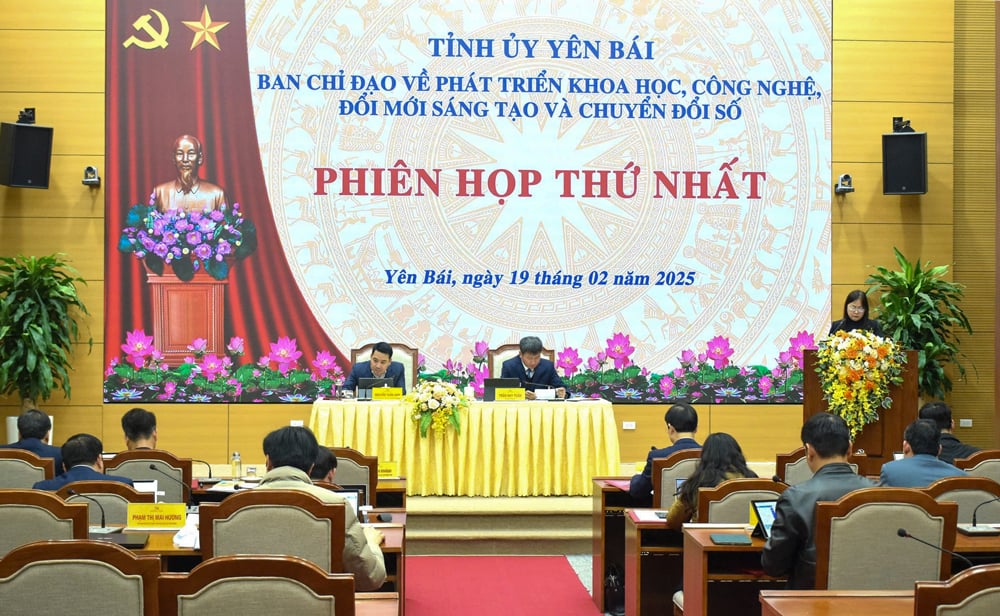
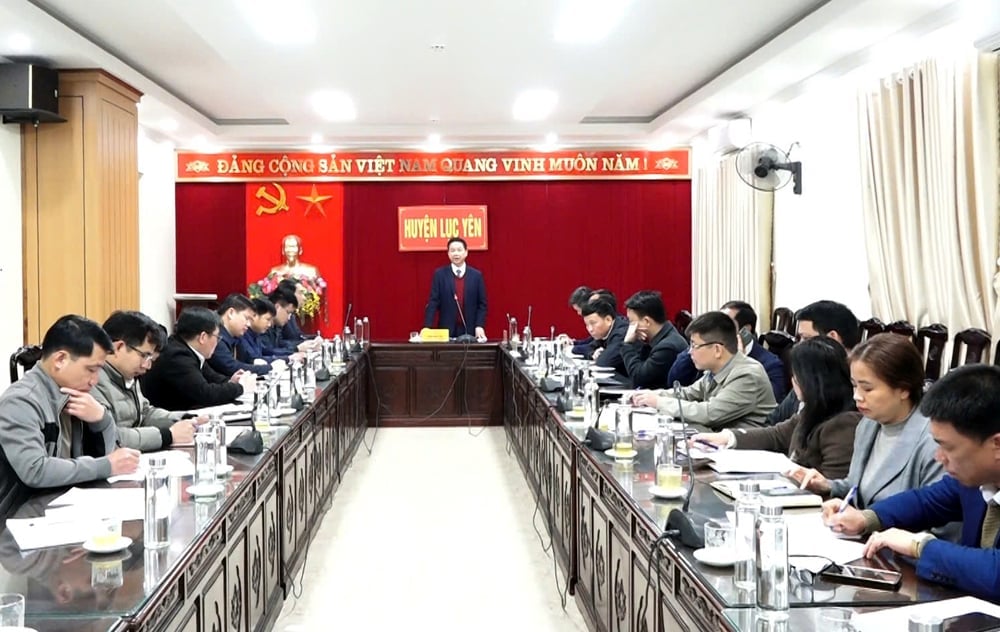
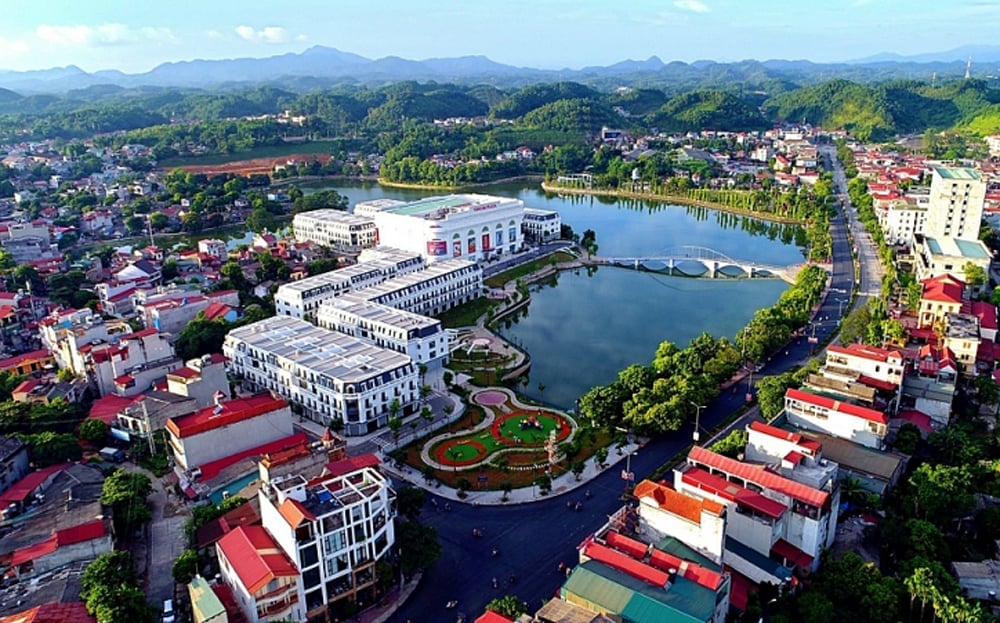

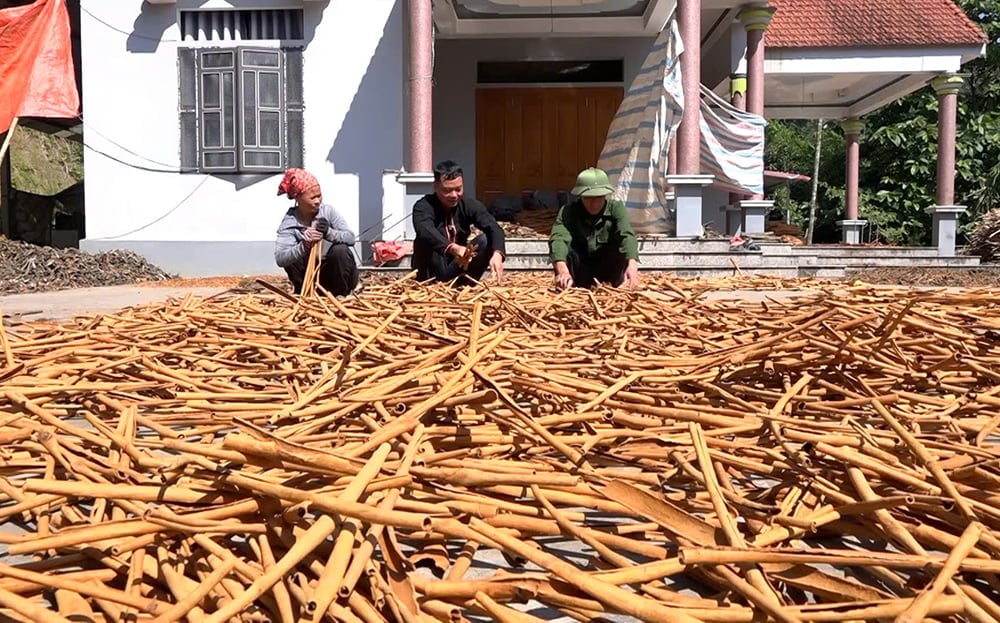
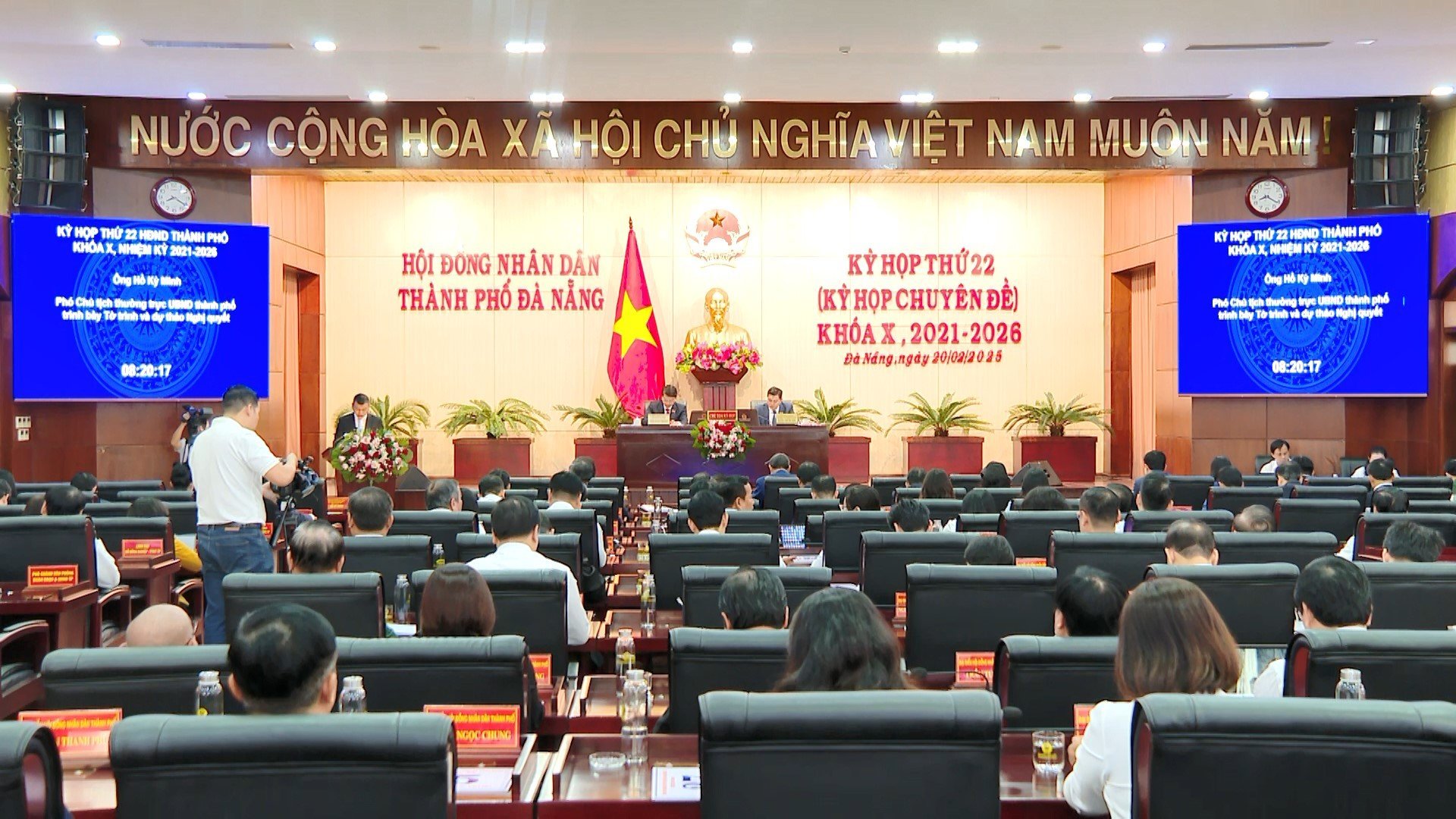

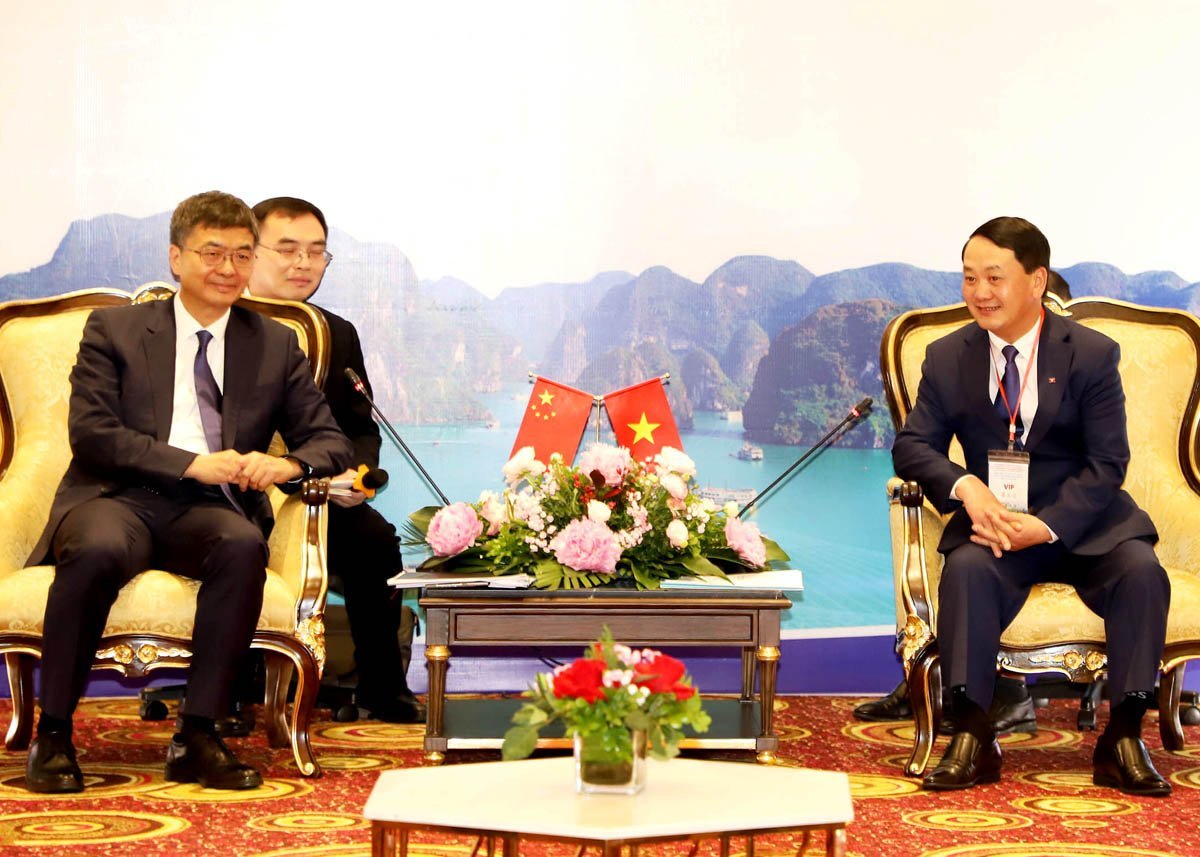
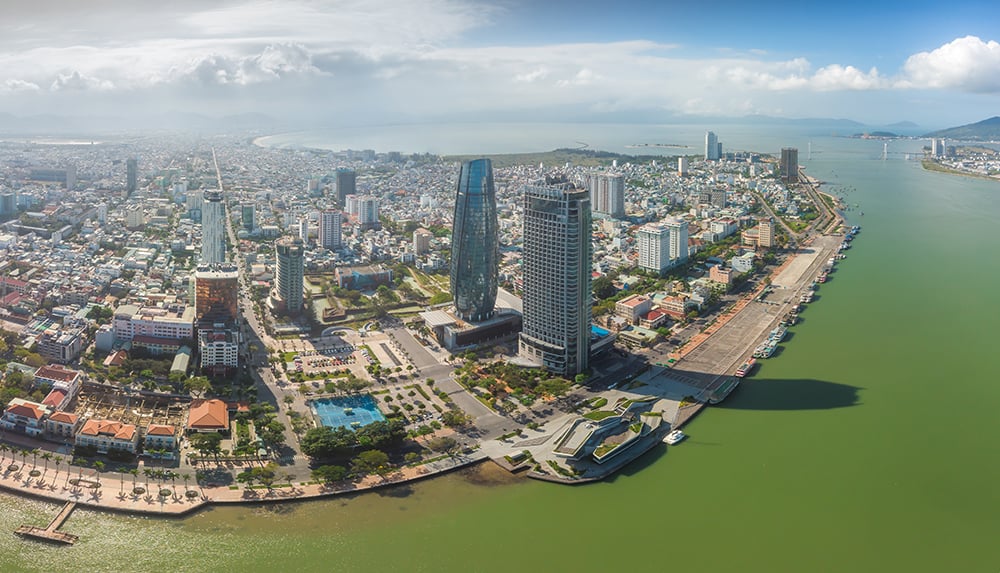

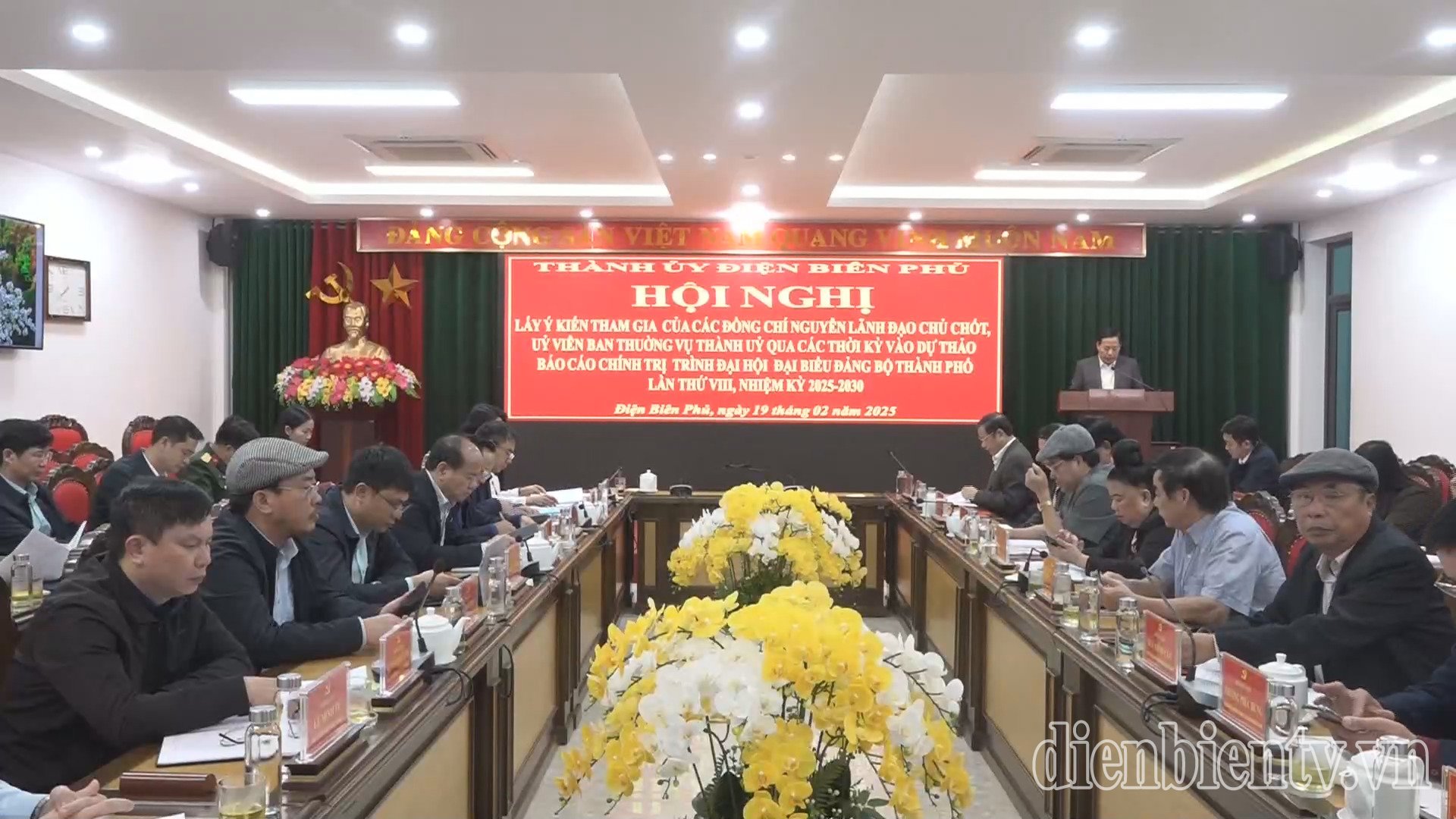






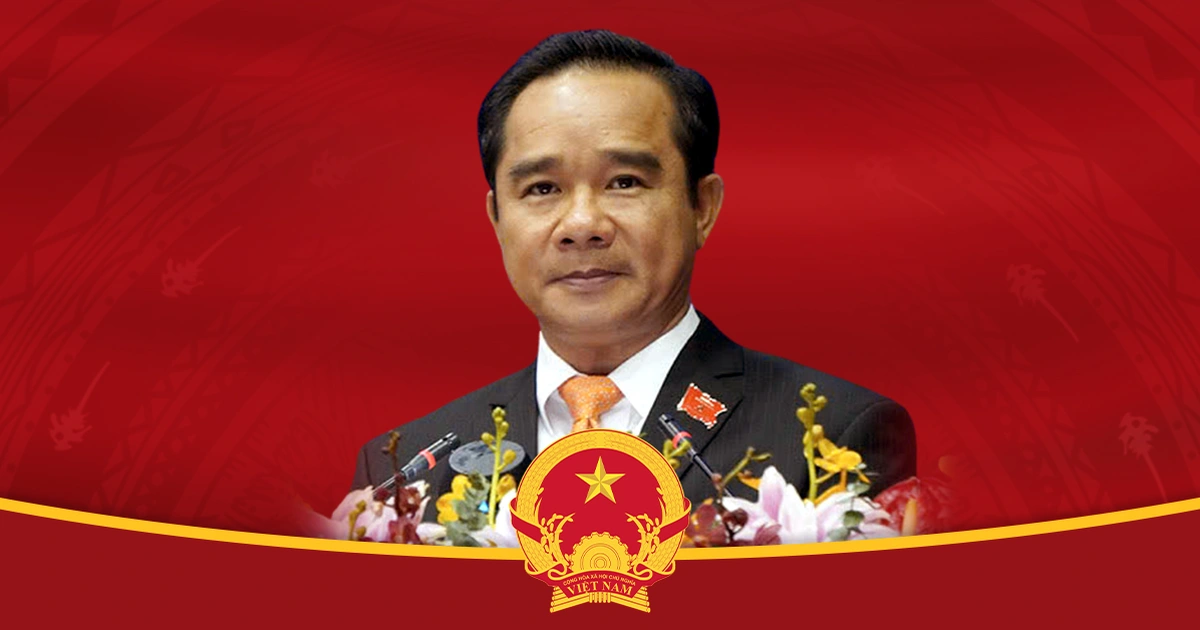




Comment (0)